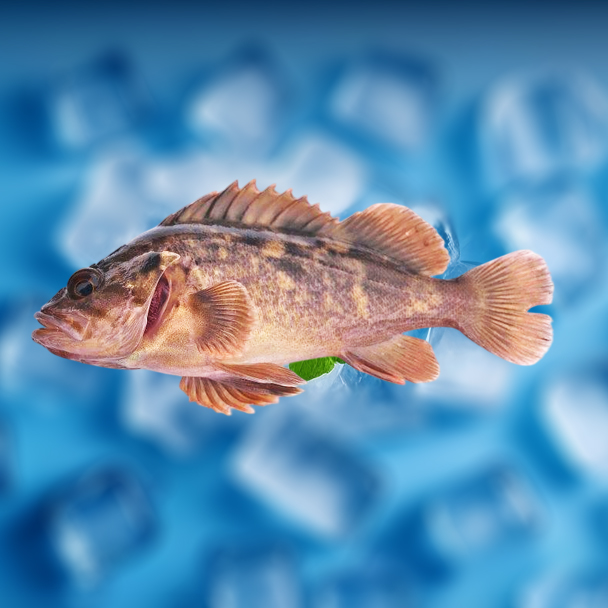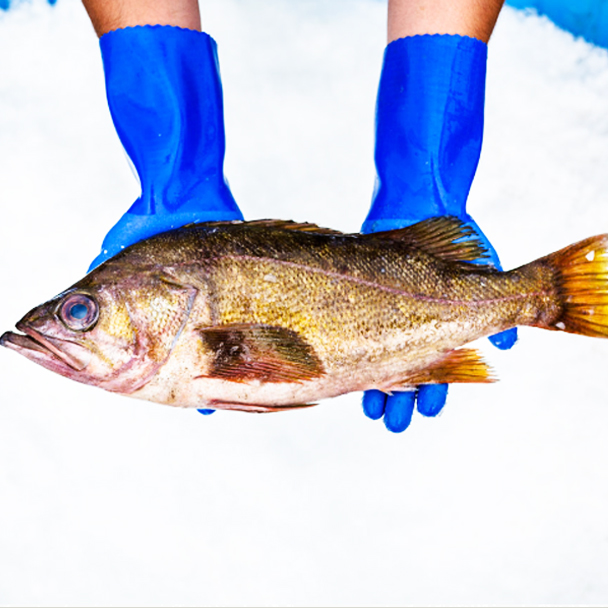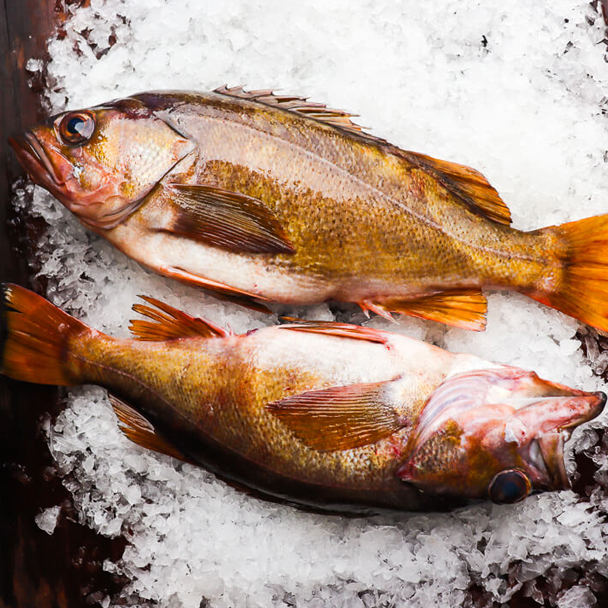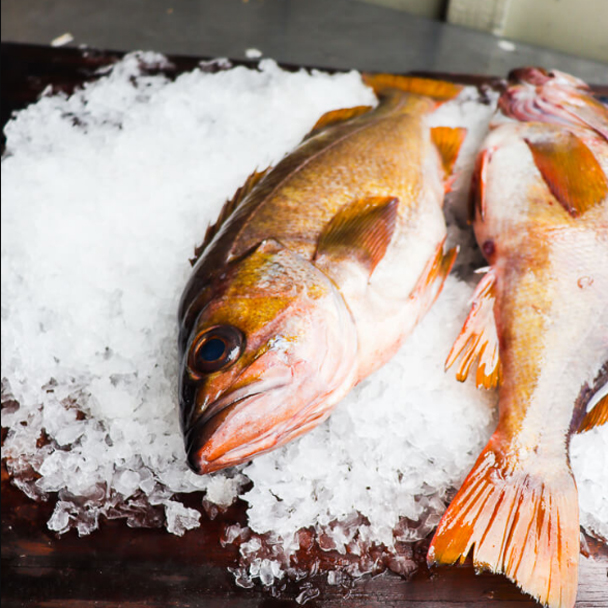








The White-edged Grouper is an important edible species in the grouper family. It has a robust body, typically brown in color, with three distinct dark spots on its sides edged in white—hence the name "white-edged grouper." Mature individuals can reach a length of 50 to 80 centimeters, featuring a thick build and well-developed muscles.
This species is mainly distributed in the western Pacific region, especially in the South China Sea, around Taiwan, and the Okinawa area of Japan. It inhabits rocky or mixed sand-and-reef seabeds. A carnivorous fish, it feeds primarily on small fish, crustaceans, and cephalopods.
The flesh of the white-edged grouper is white, tender, and elastic, offering a delicate taste with few bones. Rich in high-quality protein, low in fat, and packed with nutrients such as calcium, phosphorus, and vitamins, it is highly favored by consumers. Widely used in premium Japanese cuisine, Cantonese dishes, and various seafood preparations, it is commonly served steamed, grilled, or sliced thinly for hotpot. As a prized ingredient, it is often featured in upscale banquets and gourmet menus.
